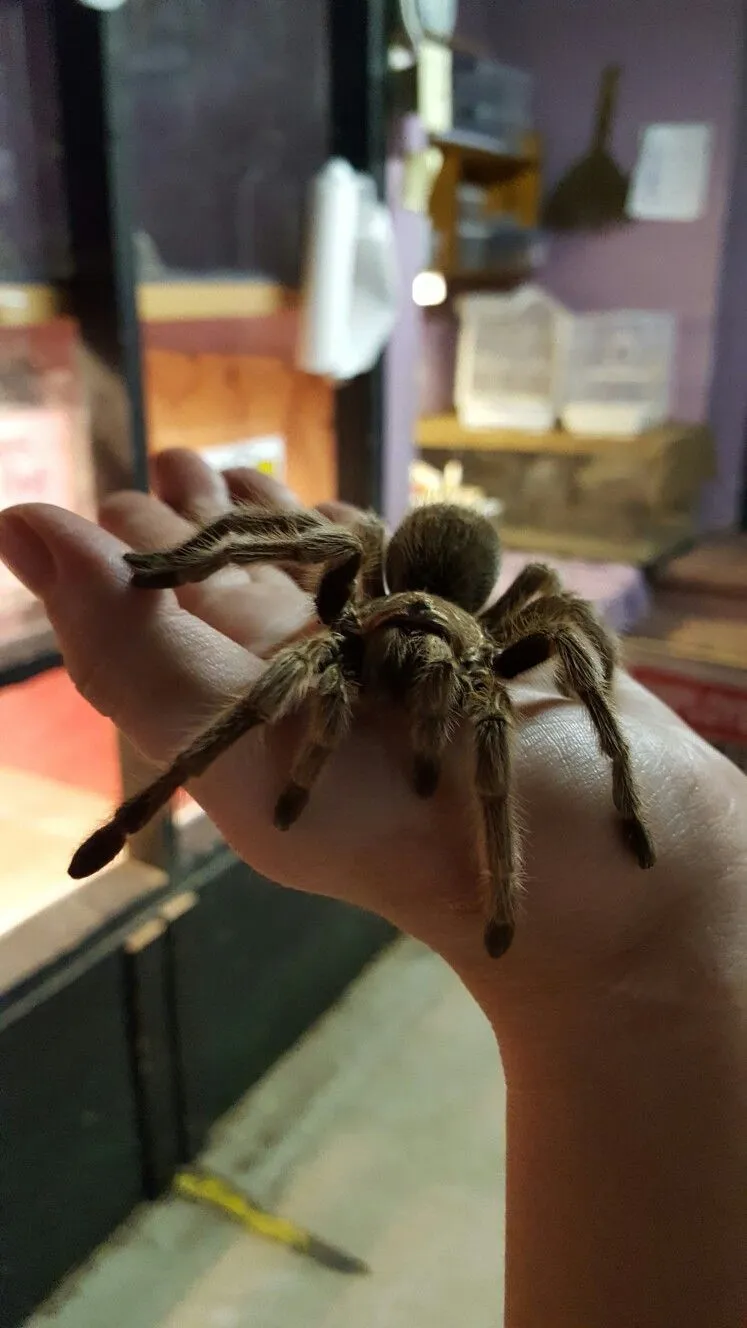Rose Hair Tarantula Anatomy Top 5 Facts
The Rose Hair Tarantula (Grammostola rosea) is a fascinating creature, and understanding its anatomy is key to appreciating its unique adaptations and behaviors. This guide will delve into five key facts about the anatomy of these captivating arachnids. From their intricate exoskeletons to their complex internal systems, we’ll explore the features that allow these spiders to thrive in their environment. By examining these aspects, we gain a deeper understanding of their survival mechanisms. Get ready to uncover the secrets behind their resilience and the biological marvels that make them so intriguing. The knowledge of the anatomy provides insights into their behavior and needs, enhancing the ability to care for them responsibly.
Exoskeleton Structure
The exoskeleton is the hard, protective outer covering of the Rose Hair Tarantula, providing both structural support and defense against predators. This external skeleton is made of chitin, a tough polysaccharide that gives the tarantula its rigidity. The exoskeleton’s structure is not continuous; it’s composed of multiple plates and segments connected by flexible membranes, allowing the spider to move and grow. This design is crucial for their survival. The exoskeleton also helps to prevent water loss, which is essential for these desert-dwelling creatures. The coloration of the exoskeleton, ranging from browns to reddish hues, also aids in camouflage, allowing the spider to blend in with its surroundings and avoid detection by predators.
Cuticle Layers and Function
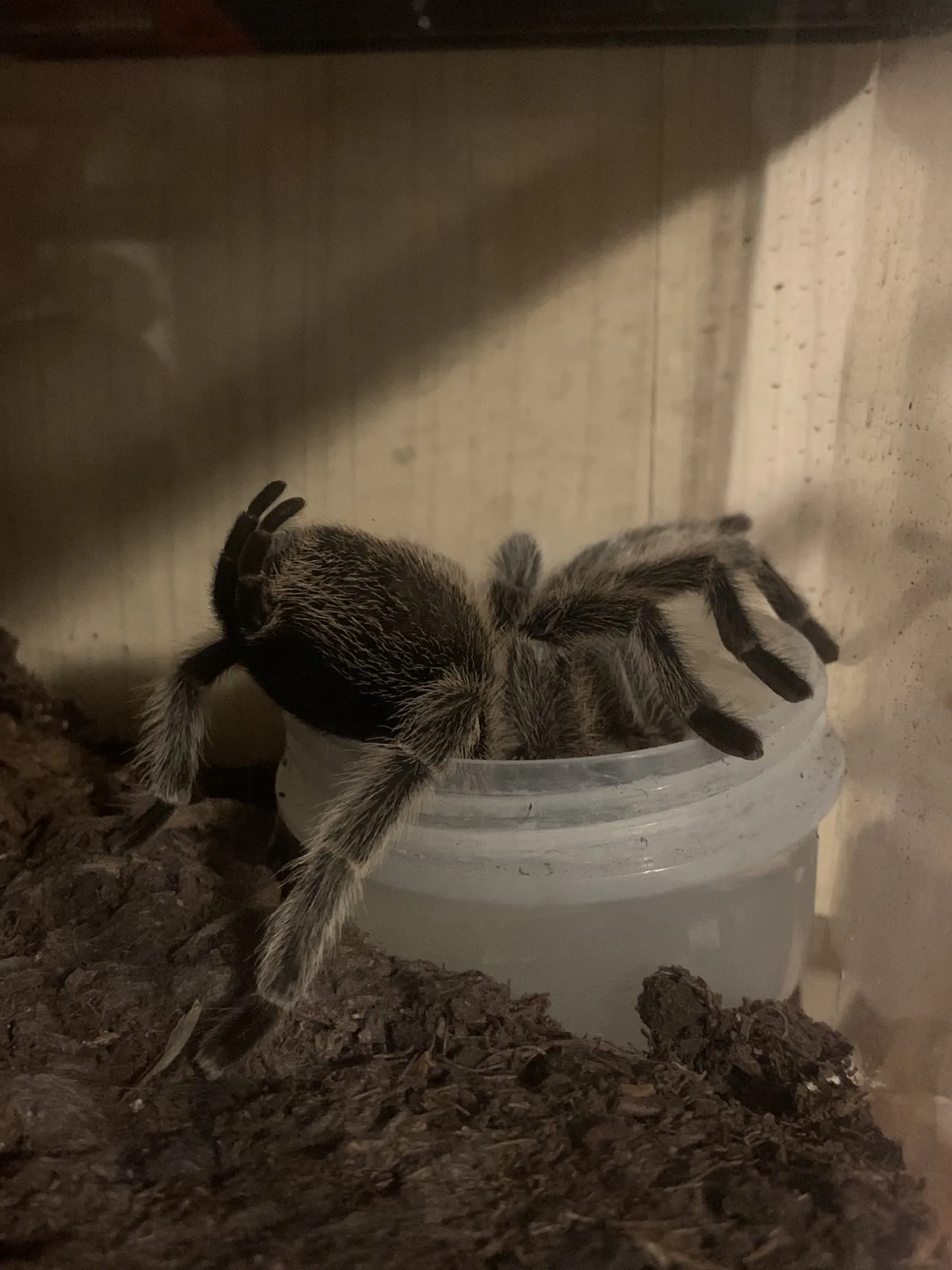
The exoskeleton is not a single layer; it is composed of multiple layers, or cuticles, each with a specific function. The outermost layer, the epicuticle, is waxy and helps to prevent water loss. Beneath this is the procuticle, the thickest layer, which provides strength and support. The procuticle itself is divided into two layers, the exocuticle and the endocuticle. The exocuticle is hardened by a process called sclerotization, which makes it rigid, while the endocuticle remains flexible. Each of these layers works together to protect the spider. The layers contribute to the overall durability and resilience of the tarantula’s exoskeleton, shielding it from environmental hazards. Without this intricate layering, the tarantula would be vulnerable to dehydration, injury, and predation.
Molting Process
As the Rose Hair Tarantula grows, it sheds its exoskeleton in a process called molting. The molting process is essential for growth, as the rigid exoskeleton cannot expand. Before molting, the tarantula forms a new, soft exoskeleton beneath the old one. The spider then absorbs water and enzymes, causing the old exoskeleton to split open, typically along the back. The spider carefully extracts itself from the old shell, leaving behind a perfect, albeit fragile, replica of its former self. After molting, the tarantula is vulnerable until the new exoskeleton hardens. The molting process is also a time for the tarantula to regenerate lost limbs or other body parts, a remarkable ability. The molting frequency decreases as the tarantula matures, ranging from several times a year in juveniles to once a year or less in adults.
Internal Anatomy
The internal anatomy of the Rose Hair Tarantula is as complex and fascinating as its external structure. Understanding these internal systems offers insights into how these creatures function. Their digestive, circulatory, respiratory, and nervous systems work in concert to sustain life. Studying these internal functions reveals their adaptability and how they manage to survive in their natural habitat. The arrangement and efficiency of these systems highlight the tarantula’s sophisticated design for survival.
Digestive System
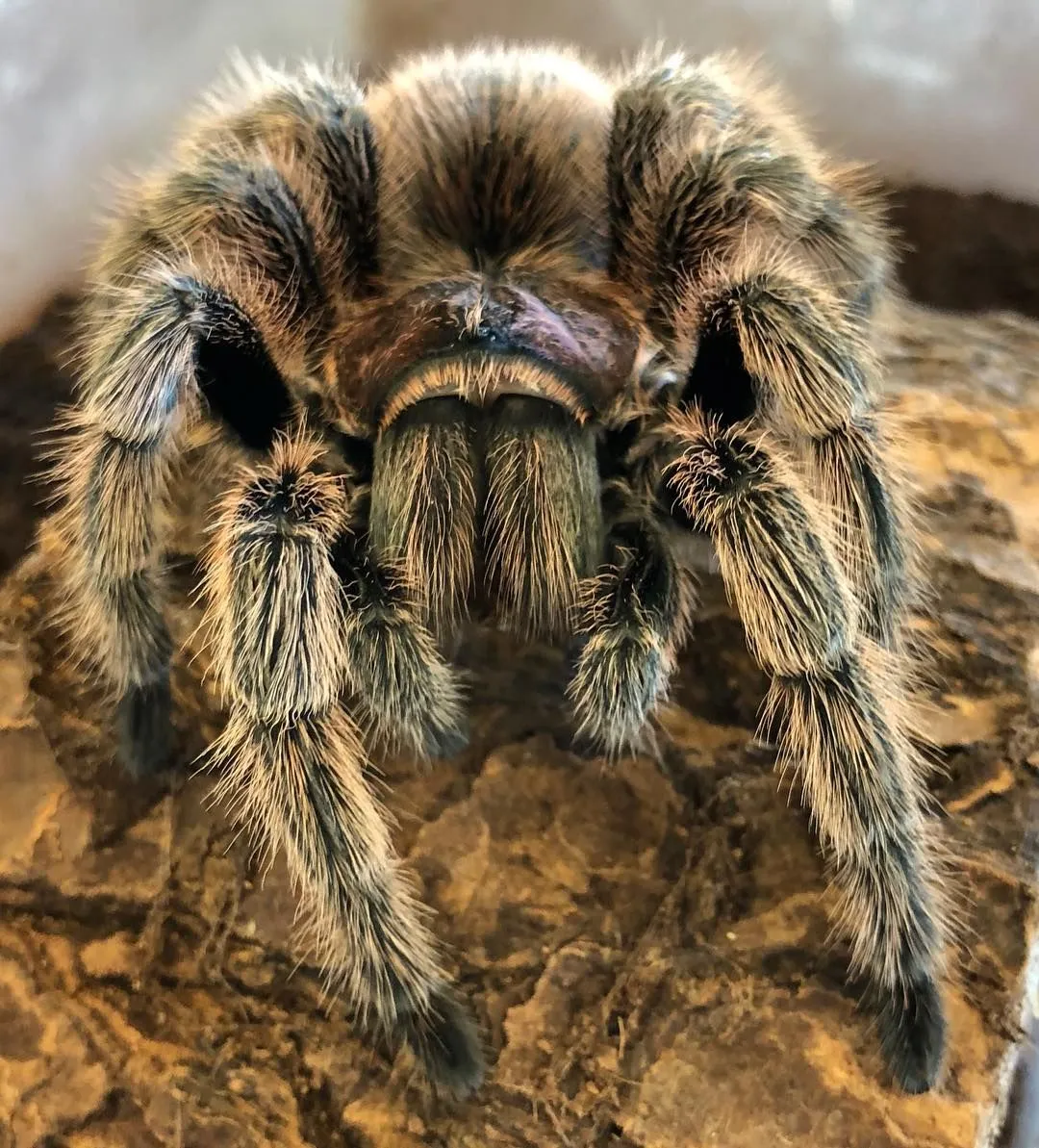
The digestive system of the Rose Hair Tarantula is unique, primarily adapted for consuming liquid food. The spider uses its chelicerae (fangs) to inject venom into its prey, which begins the digestive process by breaking down the tissues. The tarantula then uses its mouthparts and pedipalps to macerate the prey, creating a liquid meal. The spider ingests this liquid, which passes through a pharynx and into the midgut, where digestion and nutrient absorption occur. The waste products are collected in the hindgut and eliminated through the anus. The digestive system is highly efficient. This method allows the tarantula to consume prey much larger than its mouth opening.
Circulatory System
The circulatory system of the Rose Hair Tarantula is an open system, meaning the blood (hemolymph) flows freely throughout the body cavity, bathing the internal organs. A single, tubular heart located in the abdomen pumps the hemolymph throughout the body. The hemolymph carries oxygen, nutrients, and waste products. The hemolymph enters the heart through openings called ostia and is then pumped through arteries to the various tissues and organs. After circulating through the body, the hemolymph returns to the heart. This simple yet effective system provides essential nutrients and oxygen to all the cells. The open circulatory system is an adaptation that helps the tarantula conserve energy.
Respiratory System
Rose Hair Tarantulas breathe using book lungs, which are unique respiratory organs. These lungs are located in the abdomen and consist of numerous thin, leaf-like plates that are filled with hemolymph. Air enters the book lungs through small openings called spiracles, and oxygen diffuses across the plates into the hemolymph. Carbon dioxide then diffuses out. This arrangement allows for efficient gas exchange, enabling the tarantula to obtain the oxygen it needs. The book lungs are protected within the body. This type of respiratory system is well-suited for the terrestrial environment and provides the necessary oxygen intake for an active lifestyle.
Nervous System
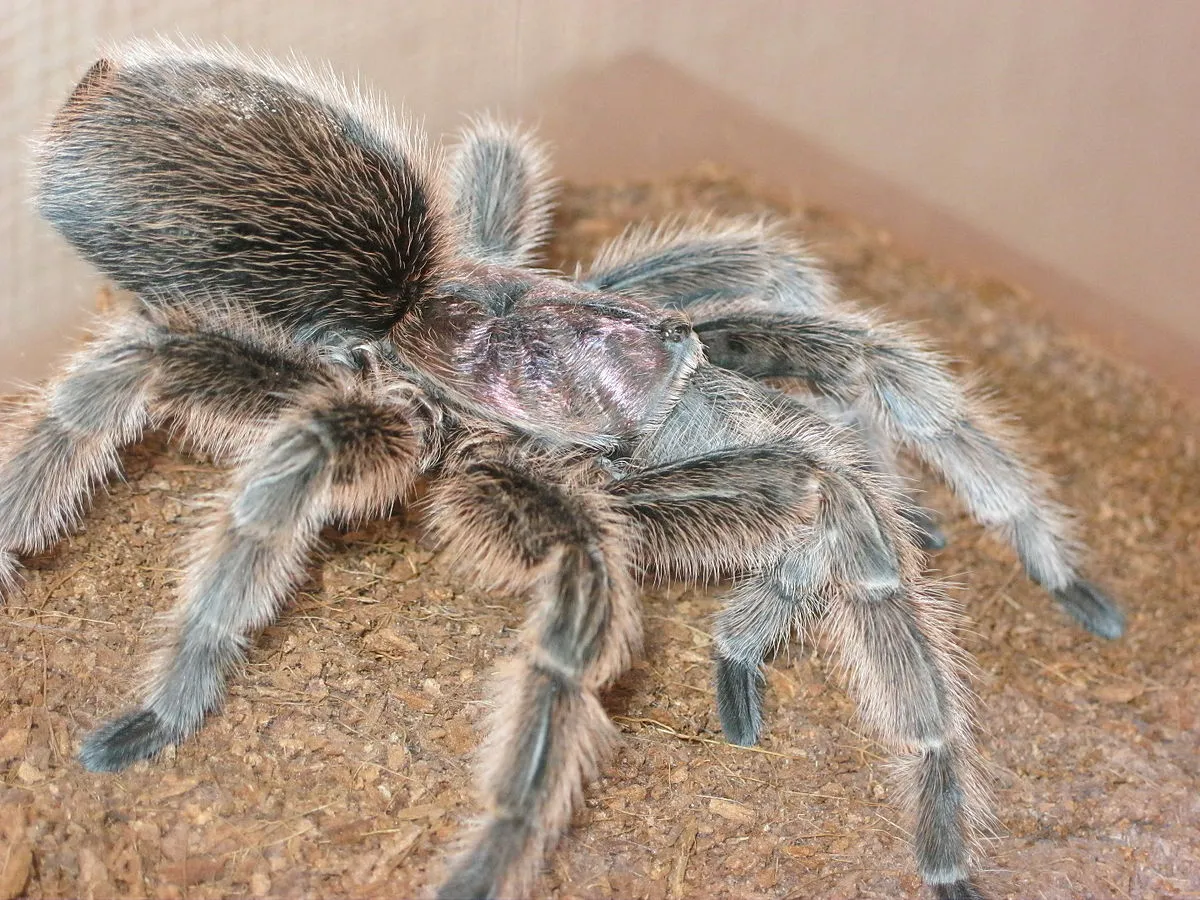
The nervous system of the Rose Hair Tarantula is centralized, with a brain (cerebral ganglion) located in the cephalothorax and a ventral nerve cord running along the underside of the body. The brain coordinates sensory information and controls various functions. The nerve cord has ganglia, which are clusters of nerve cells that control specific body functions. The nervous system allows the spider to detect and respond to stimuli, such as movement, touch, and vibrations. This intricate network enables the tarantula to hunt, navigate its environment, and evade predators. The nervous system contributes greatly to the survival capabilities.
Sensory Organs
Rose Hair Tarantulas possess a range of sensory organs that help them perceive their environment. Understanding these sensory organs provides insight into how the tarantula experiences the world. The sense of touch, smell, and vibration are crucial for their survival. Their sensory organs work together to help them locate prey, avoid danger, and navigate their surroundings.
Setae and Their Roles
Setae, or hairs, cover the Rose Hair Tarantula’s body and play several important roles in sensing the environment. These hairs are highly sensitive to vibrations, air currents, and touch. Specialized setae, known as trichobothria, are particularly sensitive to air movement, allowing the spider to detect the presence of prey or predators. The setae also aid in climbing and provide traction on various surfaces. These sensory structures cover almost the entire body of the spider, providing a detailed view of its environment. These structures are essential for the tarantula’s survival, enabling it to navigate, hunt, and defend itself effectively.
Pedipalps and Chelicerae Functions
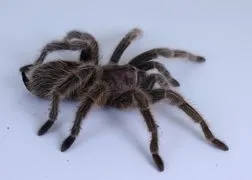
The pedipalps and chelicerae are important sensory and functional appendages. The pedipalps, located near the mouth, have sensory functions and are used to manipulate food. In males, the pedipalps are modified for mating, with specialized structures to transfer sperm to the female. The chelicerae are the two mouthparts, containing fangs used to inject venom into prey. These fangs are not only for predation but also for defense. Both pedipalps and chelicerae contribute significantly to the tarantula’s survival, enabling it to interact with its environment, feed, and reproduce.
Reproductive Anatomy
The reproductive anatomy of the Rose Hair Tarantula differs significantly between males and females. Understanding these differences is key to understanding their mating behavior and life cycle. Both male and female tarantulas have unique anatomical features that facilitate reproduction, from the sperm transfer to egg laying and fertilization. This section delves into the specific reproductive structures and the important functions each performs.
Male Reproductive Organs
Male Rose Hair Tarantulas have a pair of palpal bulbs on the ends of their pedipalps, which are used to store and transfer sperm during mating. Prior to mating, the male creates a sperm web, deposits sperm onto it, and then loads it into his palpal bulbs. During mating, he inserts the palpal bulbs into the female’s epigastric furrow to transfer the sperm. The male’s body undergoes changes during maturation. This adaptation is a vital part of their reproductive process. The complexity of the process ensures successful fertilization.
Female Reproductive Organs
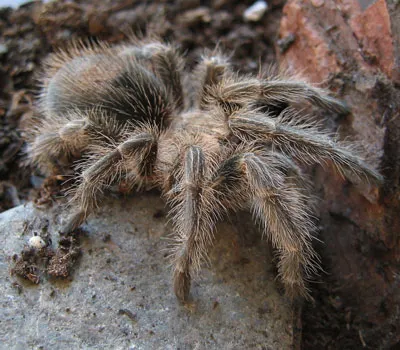
Female Rose Hair Tarantulas have an epigastric furrow on the underside of their abdomen, which contains the openings for sperm storage and fertilization. After mating, the female stores the sperm in her spermathecae. When she is ready to lay eggs, she fertilizes them with the stored sperm. The female then creates an egg sac, which she protects and cares for until the spiderlings hatch. The female’s reproductive system is crucial to the propagation of the species. This system is very well-designed and ensures the survival of the offspring.
Growth and Development
The growth and development of the Rose Hair Tarantula is a fascinating process, characterized by molting and gradual changes in size and appearance. These changes are gradual and predictable, which helps to understand the spider’s lifecycle. By studying this process, we can gain a deeper appreciation for their resilience.
Life Cycle Stages
The life cycle of a Rose Hair Tarantula begins with the egg stage, followed by the spiderling stage, and then the juvenile stage, before eventually reaching adulthood. Spiderlings are tiny and vulnerable, molting frequently as they grow. As they mature, they undergo fewer molts. The rate of growth depends on various factors, including food availability and environmental conditions. Adult tarantulas continue to molt, though less frequently. The life cycle can last for many years, with females living significantly longer than males. Each stage of life is characterized by specific needs and behaviors, and the understanding of each stage is essential for providing appropriate care in captivity.
Anatomy Adaptations for Survival
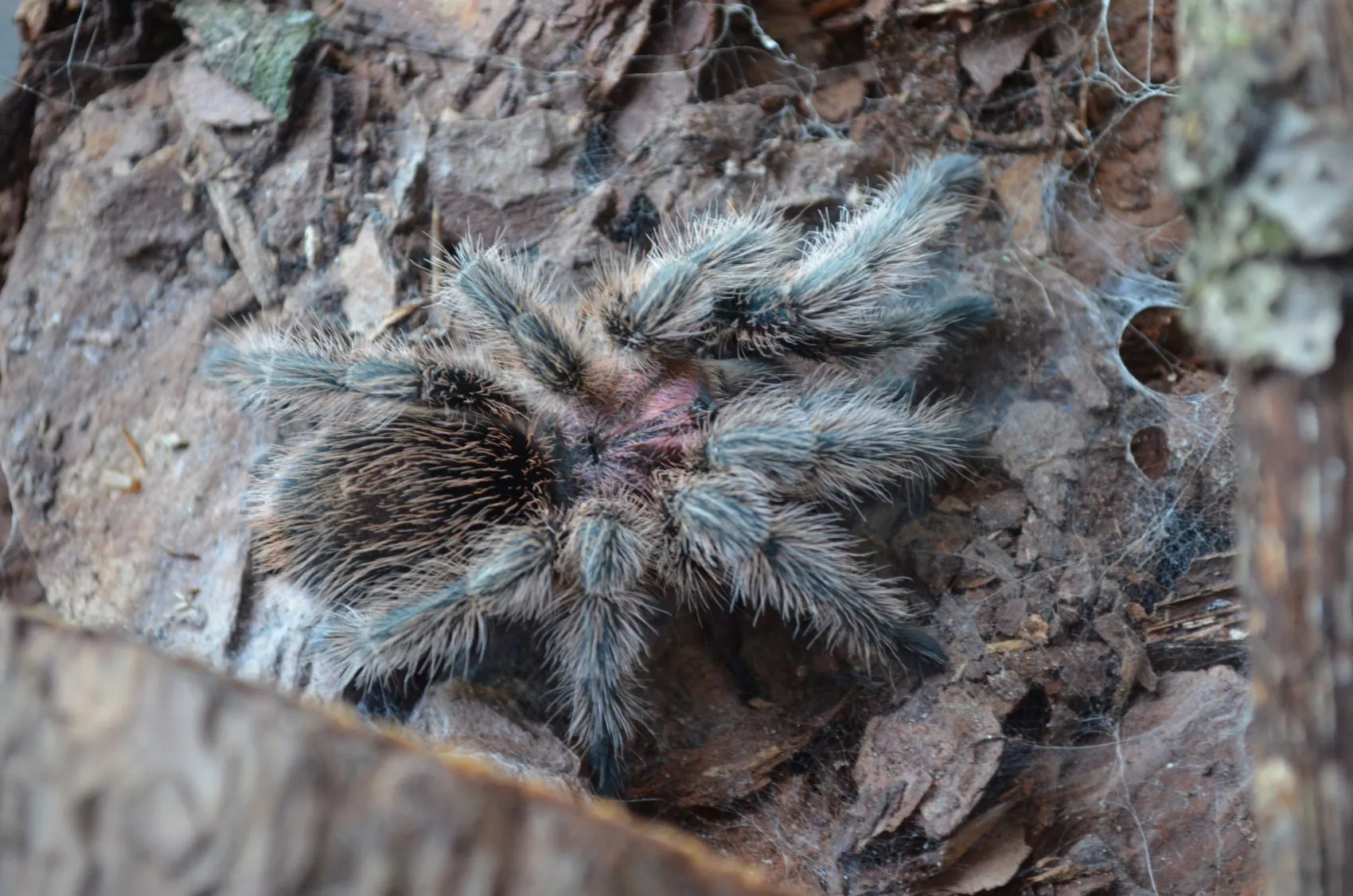
The anatomy of the Rose Hair Tarantula showcases several adaptations that facilitate its survival in its environment. These adaptations highlight its ability to thrive in different environments. From their specialized mouthparts to their defensive mechanisms, these spiders have evolved many traits that enable them to survive in their habitat. These adaptations enable them to hunt prey, defend themselves from predators, and cope with environmental challenges. Their anatomy demonstrates a perfect example of how evolutionary forces shape the structure and functions of organisms.
Venom Glands and Fangs
Rose Hair Tarantulas possess venom glands and fangs, which are critical for prey capture and defense. The fangs, located on the chelicerae, are sharp and used to inject venom into prey. The venom contains enzymes that begin the digestion process, allowing the spider to consume liquid food. The venom is not lethal to humans, but the bite can cause localized pain and discomfort. Their ability to deliver venom provides an effective means of subduing prey and protecting themselves from predators. Venom composition varies from species to species. These structures ensure that the tarantula can survive by efficiently acquiring food and defending itself.
Defensive Hairs (Urticating Setae)
Many tarantula species, including the Rose Hair Tarantula, have urticating setae (defensive hairs). These hairs are located on the abdomen and are flicked off by the spider when threatened. The urticating setae are barbed and can cause intense itching and irritation upon contact with the skin or eyes of a potential predator or human. This defensive mechanism helps to deter predators. The urticating setae provide the spider with an additional layer of protection against harm. These hairs are one of the most important aspects of their defense strategy. Different species have different types of urticating hairs, which help to ensure their survival.
Conclusion
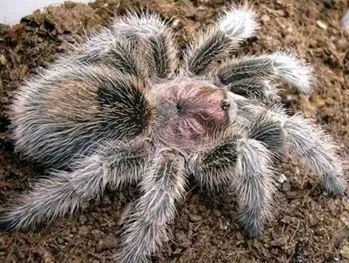
The Rose Hair Tarantula’s anatomy is a remarkable example of adaptation and evolution. Understanding its exoskeleton, internal systems, sensory organs, reproductive structures, and defensive mechanisms gives us a deeper appreciation of these creatures. This knowledge not only allows for better care in captivity but also highlights the beauty and complexity of the natural world. Their unique adaptations allow them to thrive in their environments, showcasing nature’s ingenuity. Studying the anatomy of the Rose Hair Tarantula can spark a newfound interest in science and nature.
